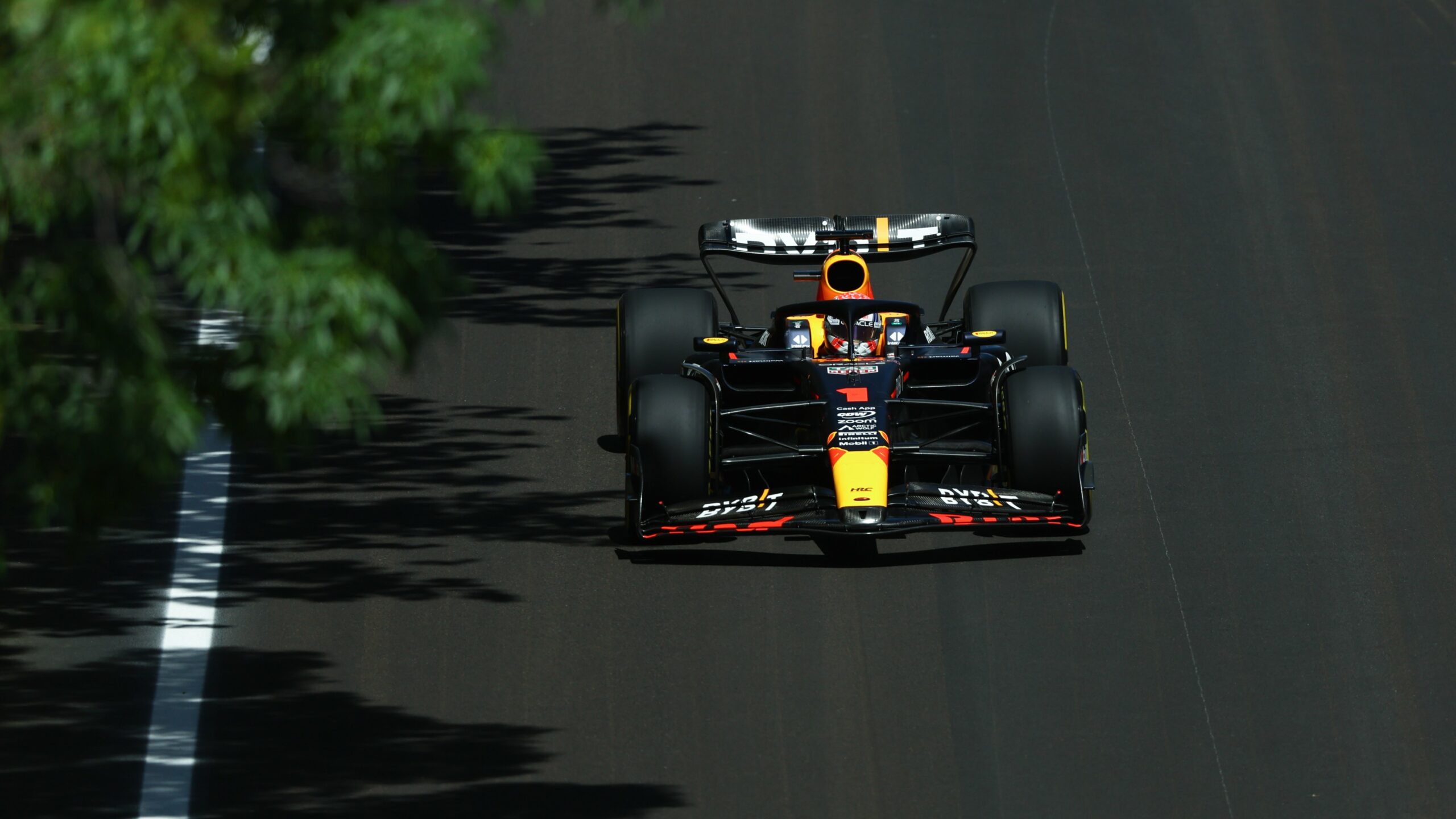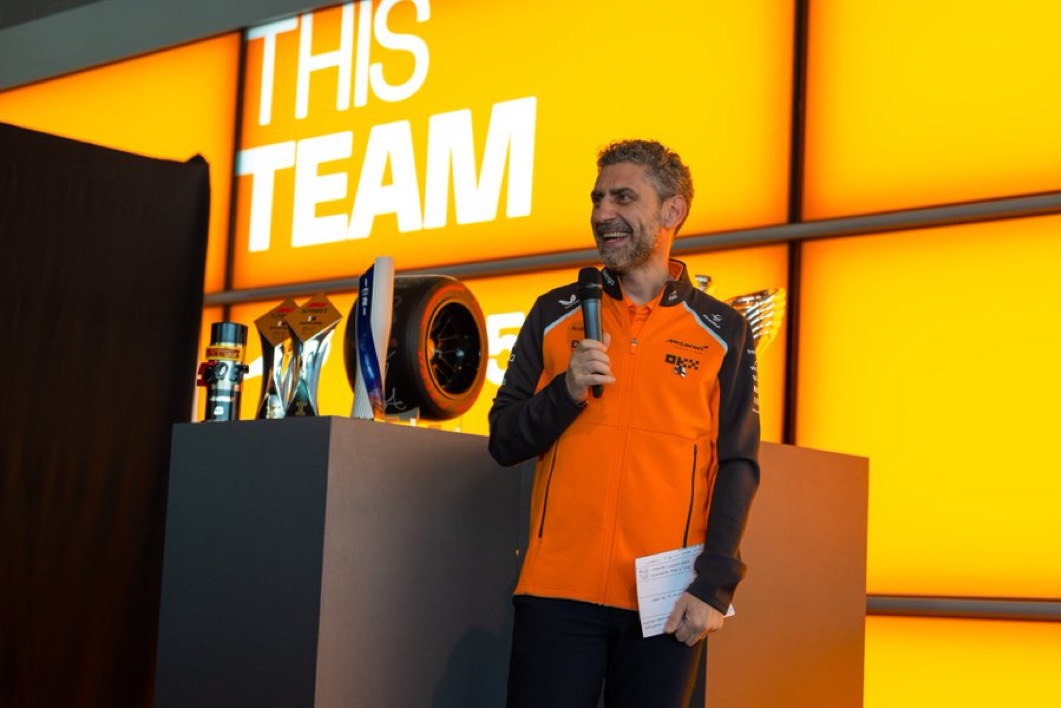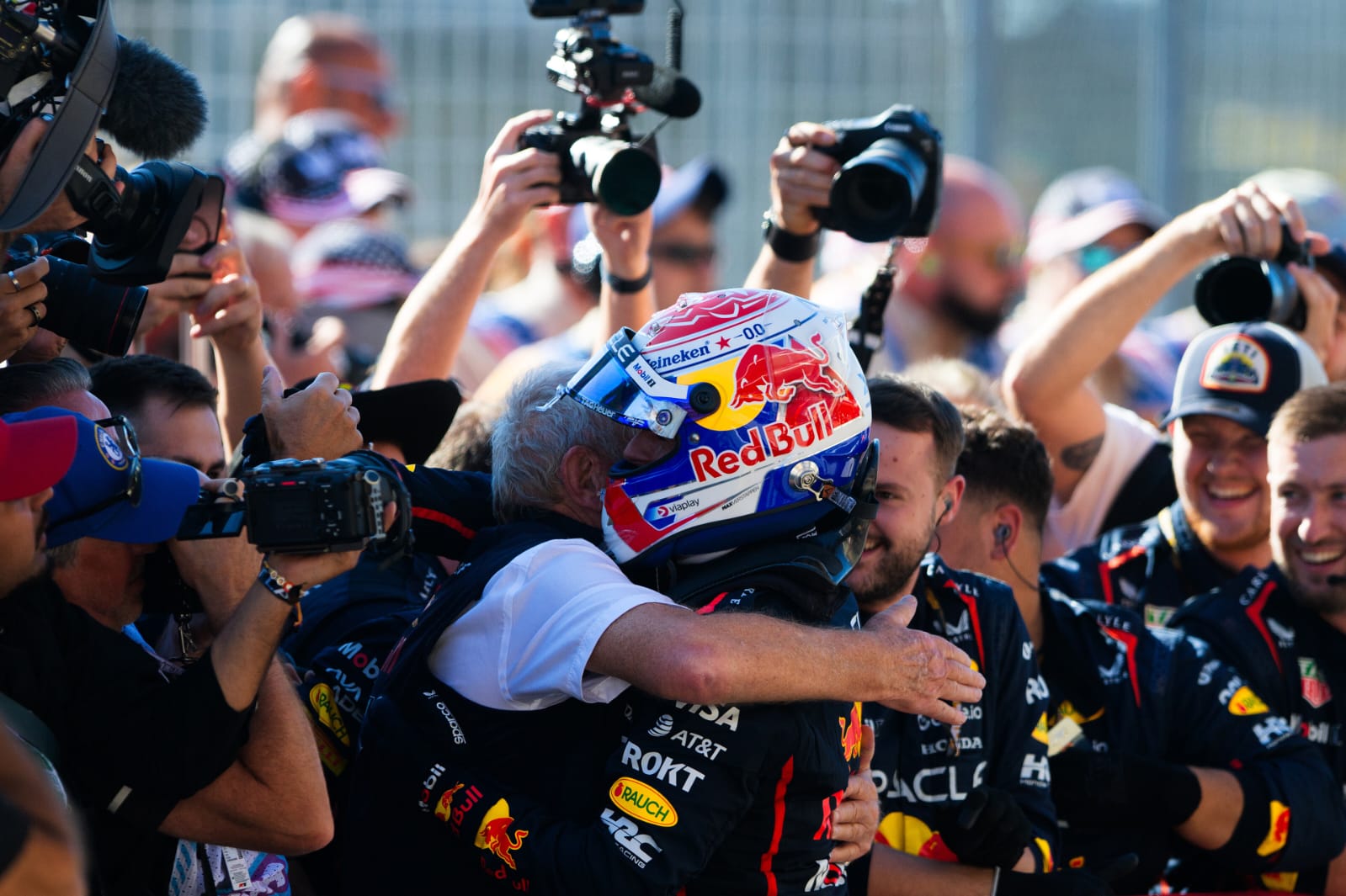Red Bull team principal Christian Horner explained the decision-making behind Max Verstappen’s early pit stop at the 2023 Azerbaijan GP, which ultimately cost the Dutchman his lead, was made with the team thinking there would be no safety car for Nyck de Vries’ stranded AlphaTauri.

Photo Credit: Oracle Red Bull Racing
Verstappen was leading the race with his team-mate Sergio Perez right behind when he pitted at the end of lap 10, switching from his medium tyres to a set of the hard compound. The team decided to let Perez out for another lap, which ultimately helped the Mexican as the safety car was deployed on lap 11 for Nyck de Vries’ stricken AlphaTauri on the exit of turn six.
This not only allowed Perez to jump Verstappen, but Charles Leclerc as the pair stayed out and made their stops whilst Verstappen was under the safety car delta time. The Dutchman got straight past Leclerc at the restart, but wasn’t able to get back ahead of Perez, eventually dropping back after following closely for over 15 laps.
Speaking after the race, Red Bull team principal Christian Horner explained how the team took the decision to pit the reigning world champion with the “optimum” race strategy in mind, considering they “never expected” there would be a safety car for Nyck de Vries’ off at turn six:
“At the time we decided to pit Max because he was starting to struggle a little bit with the rears of his car and Checo was obviously right up behind him,” said Horner.
“So, we decided from a strategy point of view it was the optimum time to take the stop.”
“From the glimpse that we got, all four wheels were on the car, he hadn’t hit the barrier and the engine was running,” he said. “It looked like he’d select reverse and carry on, so you’d never expected that to go to a safety car.”
Horner explained how the team was only able to see that de Vries’ car was broken and wouldn’t get going again after seeing the replays of the incident – which came a couple of laps later – and that it stopped the Dutchman to avoid being undercut by Leclerc’s Ferrari if neither car stopped:
“Usually, if you see a car in the barriers here it’s a safety car, but there was no sign of it.
“It was only subsequently on the replays that you were able to see his track rod was broken.”
“Obviously, with 20/20 vision you would have just done one more lap and go from there,” he added. “But you just don’t know at that point whether Charles is going to pit and then he suddenly he jumps both of them.”
When asked whether he made the final call for the Dutchman to pit, Horner explained the team has a “process” in place and that strategy decisions are collectively made, and not down to a single individual, considering all the important elements surrounding:
“Obviously, it’s a collective [decision], it comes up a change of strategy, then the team manager makes a recommendation controlling the pit stop, and obviously looking at the circuit in terms of whether it’s a yellow [flag] or not, or the problem if it is a safety car, there’s the race engineers obviously looking at it as well.
“We have a process – we were a one stage were talking about gearing up for a double stop. It was one of those things that sometimes you get lucky and sometimes you don’t.”





